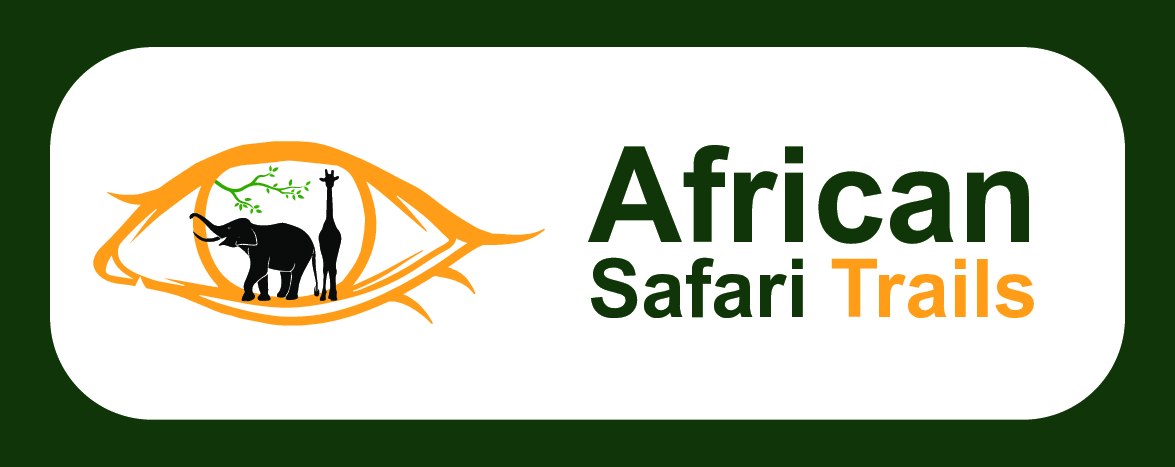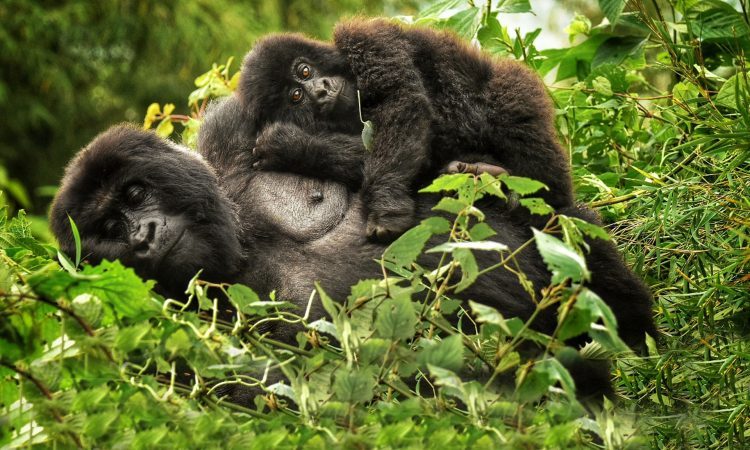Hidden in the mist-covered hills of southwestern Uganda lies Bwindi Impenetrable Forest, a UNESCO World Heritage Site and one of the most biologically diverse rainforests on the planet. Best known as the stronghold of the endangered mountain gorillas, Bwindi is more than just a trekking destination — it’s a sanctuary of ancient trees, rare wildlife, and deep ecological and cultural value. For anyone seeking a raw, immersive experience in nature, Bwindi offers an unforgettable escape.
A Sanctuary for Mountain Gorillas
Bwindi is home to nearly half of the world’s remaining mountain gorilla population, making it one of the best places on Earth for gorilla trekking. With over 20 habituated gorilla families scattered across four sectors — Buhoma, Ruhija, Rushaga, and Nkuringo — visitors have a high chance of a successful encounter. Treks range from a few hours to a full day, depending on the location of the gorillas, and each journey through the dense forest is an adventure in itself.
Coming face to face with a wild mountain gorilla, often just a few meters away, is a deeply moving experience. These gentle giants share up to 98% of human DNA, and observing their family dynamics — from playful infants to protective silverbacks — leaves a lasting emotional imprint.
More Than Just Gorillas
Though gorilla trekking is the main attraction, Bwindi is a treasure trove of biodiversity. The forest spans over 320 square kilometers and is one of Africa’s oldest ecosystems, dating back over 25,000 years. It shelters over 120 mammal species, including forest elephants, bush pigs, and antelopes. Bird enthusiasts will be thrilled with the over 350 bird species, many of which are Albertine Rift endemics, making Bwindi a top birding destination.
Butterflies, orchids, tree ferns, and medicinal plants further enrich the forest’s complex ecosystem. Guided nature walks, such as the Munyaga River Trail and Ivy River Trail, offer opportunities to explore beyond the gorillas and appreciate Bwindi’s serene beauty at a gentler pace.
Cultural Encounters and Community Experiences
Bwindi is surrounded by vibrant local communities, including the Batwa, an indigenous group who once lived as forest dwellers. Cultural visits to Batwa settlements give travelers insight into their traditional way of life, including hunting techniques, storytelling, and music. These tours are a valuable way to support community empowerment while gaining a richer understanding of the forest’s cultural dimensions.
Additionally, visitors can take part in local coffee tours, crafts workshops, and village walks organized by community-based tourism projects. These activities not only diversify the travel experience but also help ensure that tourism directly benefits the people living around the park.
Where to Stay
Accommodation options in Bwindi range from budget-friendly lodges to luxury eco-retreats, many of which are located within stunning views of the forest canopy. Whether you’re staying in Buhoma with its more established tourism infrastructure or the remote and scenic Nkuringo sector, you’ll find a variety of comfortable and eco-conscious lodging choices.
Getting There
Bwindi can be accessed by road or domestic flights. The drive from Kampala or Entebbe takes about 8–10 hours, often through scenic landscapes, tea plantations, and rural villages. For those with limited time, scheduled flights to Kihihi or Kisoro airstrips provide quicker access to the northern and southern sectors of the park, respectively.
Conservation and Responsible Tourism
Bwindi’s conservation success is a collaborative effort involving Uganda Wildlife Authority, local communities, NGOs, and responsible tour operators. Gorilla tourism has played a crucial role in protecting the species, with funds from trekking permits supporting park management and community development. Visitors are briefed on how to minimize impact, including rules on group sizes, distance from gorillas, and health precautions to protect the animals.

